Packaging can be seen everywhere in our daily lives. In addition to professional packaging factories, you can also do the packaging yourself. Such as gift packaging or simple mailing packaging. Well, in today’s guide, we’re going to give you some packing tips. Get a closer look at how to package your products for shipping.
1. Why is packaging important?
Whether you’re selling small, portable items like water bottles, or large, heavy-duty items like treadmills, packaging your products correctly can allow you to save money and retain more customers.
Generally speaking, the longer a package is in transit, the more incidents it encounters. Good packaging protects your goods until they reach your customer’s doorstep – helping you protect against unforeseen losses caused by packages being damaged or lost in transit. Correct packaging size is also important as you don’t need a lot of “padding” to hold the product inside.
By minimizing instances of customers receiving products that are “expired on arrival”, you can retain more customers because they are satisfied with your service. When you deliver their order in brand new condition, they are more likely to buy from you again.
So, whatever the size and shape of your shipment, you’ll learn in this article how to pack your products to keep them safe during shipping.
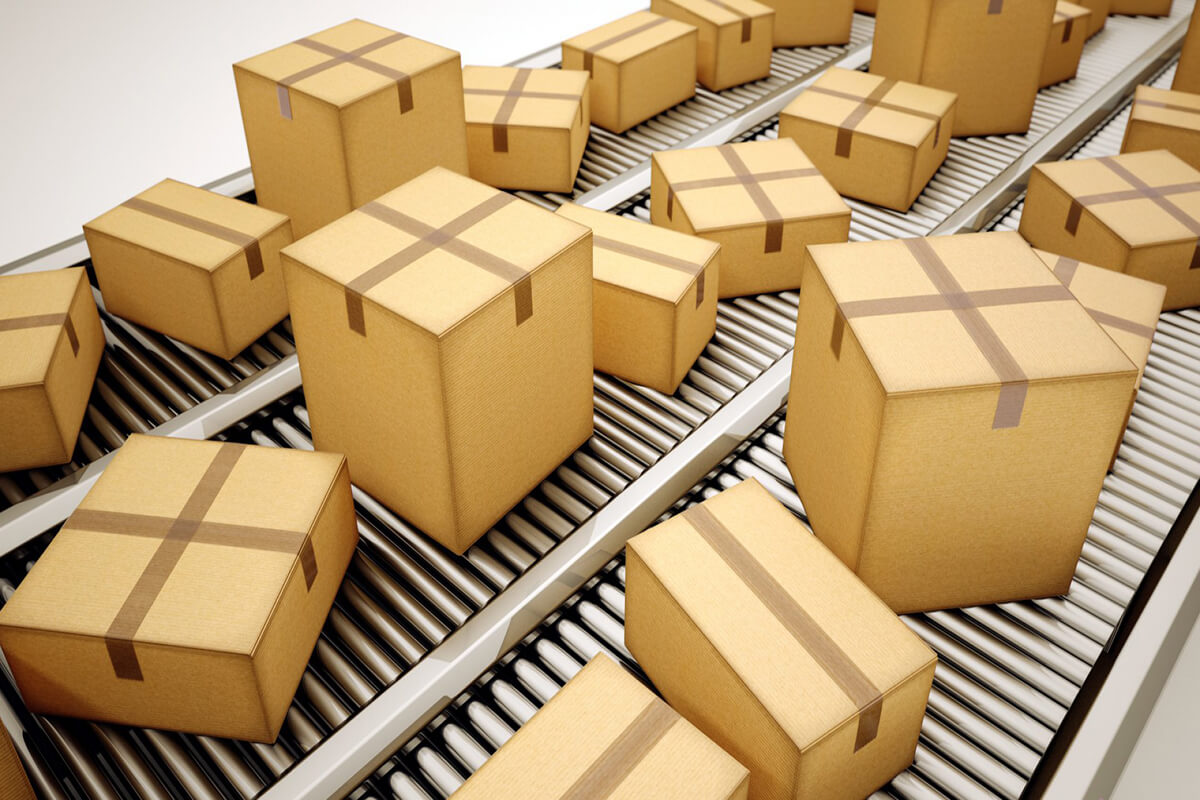
2. How to pack small items for shipping? parcel shipping
Packages weighing 150 pounds or less are called “small packages” and are typically shipped by FedEx or UPS via ground or air freight. Here’s how to pack small items to keep them safe during shipping.
1)Put the product into the cardboard box
For most products that qualify for parcel shipping, a cardboard box is better than a plastic or cloth bag because it offers more protection. Ideally, you should use a new product that is not damaged, torn, or bent.
2) Fill the box with cushioning material
When placing products inside the box, leave two to three inches of clearance on each side to allow for cushioning materials such as packing peanuts, Styrofoam, bubble wrap, or paper. These cushion the item from strong impacts and prevent it from shifting within the box.
If you’re shipping electronics, be sure to protect them with anti-static material first and then cushion them with foam, bubble wrap, or crumpled paper.
3) Tape the seams
Once the box is filled, tape its seams with packing tape to prevent the package from accidentally opening. Packing or duct tape is strong and sticky enough to keep the box sealed during shipping. Leave the top cover open and tape it off at the end in case you need to replace items or add more items inside.
4) Include relevant labels and information
You must include some labels and related information in your package. These help your carrier get your shipment to its intended destination and include:
- Your shipping and delivery addresses are written on the outside of the box.
- If your carrier requires it, please provide two copies of the label. Stick one on the outside and leave the other on the inside to prevent the outside one from tearing off.
- If required, please attach a proforma invoice and stick it on the outside of the box.
- Don’t forget to remove any previous labels or addresses on the box to avoid confusing your carrier.
5) Weigh the package
Now that you have finished packing and labeling your shipment, weigh your package to see if the actual weight matches the weight you stated on your reservation. If it’s heavier, be prepared to charge extra from the carrier.
Tip: If you choose to send your package via UPS, they will charge you extra if you shrink-wrap the carton.
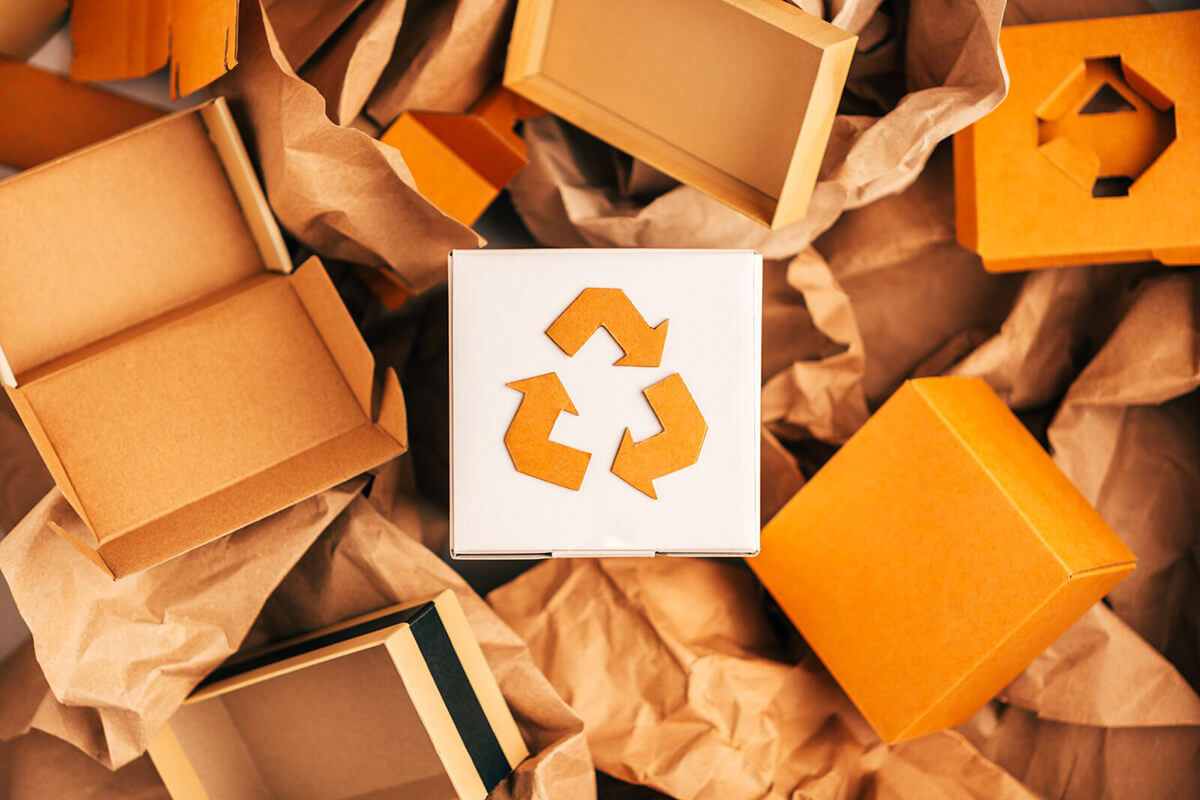
3. How to pack bulky items for shipping? LTL shipping
Large products such as industrial machinery, certain consumer appliances, and fitness equipment require extra care when transported over long distances. Damaged or lost shipments can cost you dearly, and you may also risk losing customers.
Here’s how to pack bulky items so your shipment arrives in perfect condition when it reaches its destination.
1) Use durable packaging
Corrugated cardboard is a thick, sturdy packaging material that can withstand the weight of entire boxes stacked on top of each other. Even if the cushioning material is damaged, well-sealed seams will prevent the box from being torn or ripped apart. When packing large items, be sure to use new boxes without holes or tears to ensure maximum protection.
2) Buffer the box generously
Even if your shipment is mishandled during shipping, placing proper cushioning around your items can reduce the chance of breakage. Use a dense cushioning material like Styrofoam or an engineered foam shell to reinforce the box. Also avoid using paper or packing peanuts to package large, bulky products, as they compress more easily than other types of cushioning materials.
3) Avoid overweight goods
Boxes that are too heavy are more likely to fall because they are difficult to carry. Divide heavy shipments into multiple packages and, where possible, consider disassembling products for easier shipping.
4) Place the goods on the pallet
Heavier cargo is easier to move when placed on a pallet (a platform made of wood or plastic designed to withstand the stress of loading and unloading heavy cargo). Please note that your shipment must not exceed the weight limit of the pallet. Also, center the weight to prevent it from tilting when the forklift moves the pallet.
5) Shake the package
Before sealing the top, shake the box to see if the contents move. If the interior is noticeably slipping, it may be due to insufficient or inappropriate cushioning. If there is a rattling sound, it could be due to a loose object that could easily damage other fragile items inside.
To reduce the chance of your shipment being damaged when it arrives, rearrange and repackage your shipment until you no longer hear it moving. Many carriers will refuse to accept a package if its contents sound unstable or loose.

4. How to pack shipping items?
If your business ships out multiple boxes of inventory every day, you most likely keep them on pallets. While forklifts make the job of lifting cargo easier, operators can still make mistakes. Even if the unfortunate happens, here’s how to prevent damage to your product.
1) Pack individual boxes correctly
Use new, sturdier cardboard boxes and fill them with plenty of cushioning material to increase the rigidity of the box. Also use plenty of tape to seal the seams so that if the box is accidentally dropped, the contents will remain inside.
2) Stack boxes wisely
Unbalanced pallets are more likely to tip over, potentially damaging your goods. To increase the stability of the pallet, it is important to distribute the weight evenly. The following are a few ways to accomplish this:
- Stack heavier boxes at the bottom and lighter boxes at the top
- Align boxes so the stack is centered on the pallet
- Add a layer of cardboard every few rows to press against loose or light boxes
Also, be aware of any overhang as it can easily hit other cargo and possibly tip over.
3) Use shrink wrap and/or tape to keep it all together
Shrinkwrapping turns a stack of boxes into a unified package and provides extra protection for goods. Wrap the package loosely in three to five layers, twisting on opposite sides as you wrap. You can also use high-quality shrink-wrap material in gauge 60 or higher. To fully protect your goods, please tie the boxes with plastic or fabric straps after packaging.
4) Label your goods
Label each pallet with the complete address and contact information of the consignee and shipper. Place the label on the side or top so it’s easy to find.
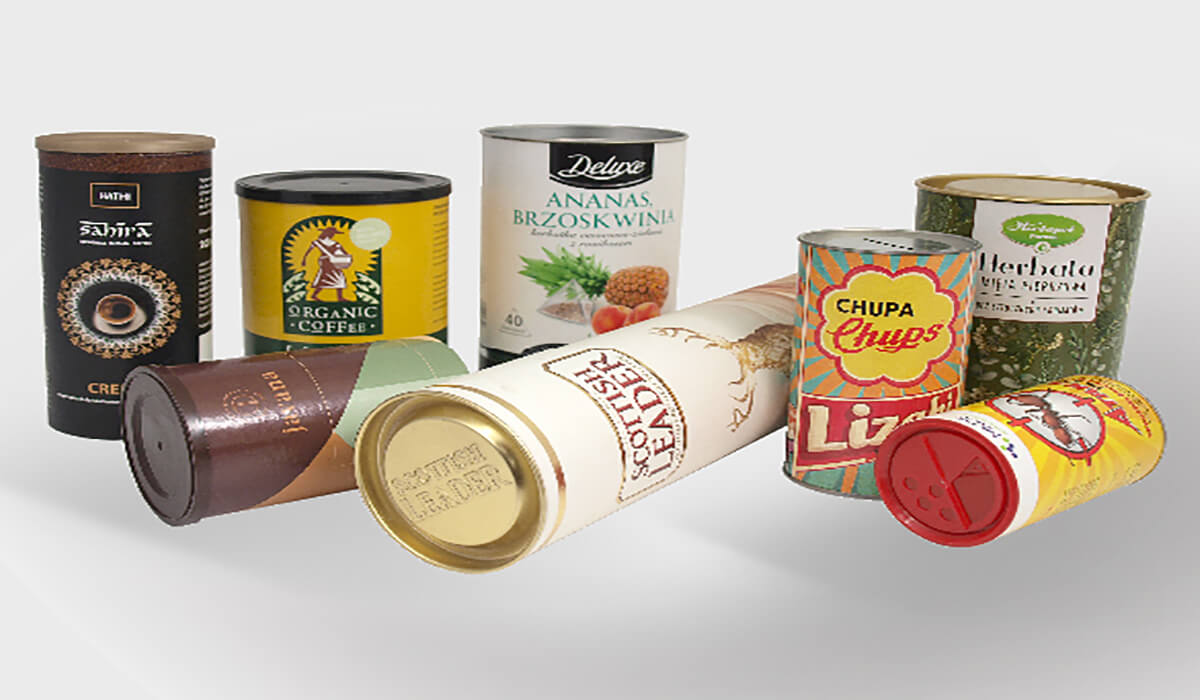
5. How to pack fragile items
Fragile products such as glassware, ceramics, and items made of fragile or breakable materials are more risky to ship because they can break easily. These require more attention when packing so that they can withstand the inevitable bumps and drops during shipping.
Here’s how to protect them in transit so your customers don’t receive damaged orders at their doorstep.
1) Wrap the item itself
If your item doesn’t come with a dedicated box and case, wrap it first in a layer of paper and then tape the paper to prevent it from unraveling. If there are holes in the items, fill them with paper as well. Then, wrap and cover the entire item with one or two layers of bubble wrap. Also, avoid using too much tape or the customer may damage the item when they remove all the tape.
2) Determine the correct size of the box
The right size allows you to achieve a balance of protection and cost-effectiveness when transporting your items. After measuring the dimensions of the items you want to put in the box, you should leave two to three inches on each side of the product for cushioning. You can even put items into the smaller box first and then move them into the larger box. This box-within-a-box approach also reduces the chance of high-value items being stolen because people don’t know what’s inside.
3) Create a buffer layer
The purpose of cushioning an item is to prevent the item from moving too much through a little “flex” in the padding. Bubble wrap, air pillows, or packing peanuts are all suitable for this. Fill the box with cushioning material, up to two inches in height. Then, place the item in the center of the box. After that, put in the rest of the cushioning material and avoid overfilling the box.
4) Use high-quality packaging materials
For fragile items, the importance of using new corrugated cardboard boxes cannot be overstated as this material has the highest strength. You can also use heavy-duty packing or duct tape to seal the seams since a well-sealed box is the first and strongest layer of protection for your items.
These high-quality packaging materials may be expensive, but they help minimize product changes, which will increase your costs in the long run.
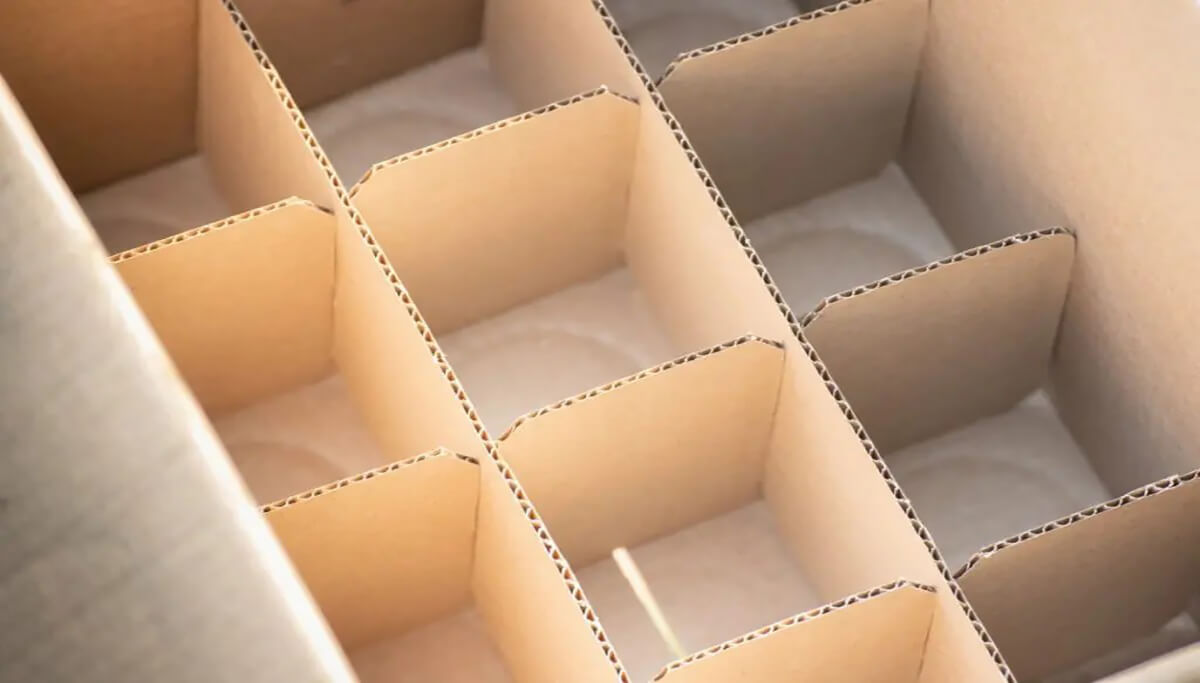
6. How to pack oddly shaped items
Odd-shaped items are items that are not square or rectangular in shape, and many items are actually odd-shaped—auto parts, furniture, musical instruments, bottles, wheels, fitness equipment, sporting goods, sculptures, rugs, and more. Packaging can be tricky, but the key is to choose packaging materials that are easy to pack while still providing adequate protection.
For larger items typically shipped via LTL shipping: Wrap them in bubble wrap and cover the overhang with polystyrene strips. Then place them into a crate or corrugated cardboard box with enough room for air pillows or packing peanuts.
For car tires: Wrap them with pressure-sensitive tape before placing them in the box.
For rolls like fabric and carpet: Wrap each roll in plastic and place it inside a cardboard box.
For small items that fit multiple units in a box (such as bottles): use dividers to prevent them from bumping into each other.
Points to remember:
Oddly shaped items require greater attention to detail to minimize the chance of damage during shipping. Here are some things to remember:
- Don’t leave sharp edges exposed. Cover them with cardboard or polystyrene to prevent damage.
- Always test the strength of cardboard boxes or crates, especially when packaging bulky products like fitness equipment and furniture.
- If you don’t have a flat surface to attach the label to, use clear tape to fully adhere it to the item so the label doesn’t come off easily.
7. 10 tips for packaging products for shipping
Regardless of the size, shape, or weight of your product, you may have noticed common packaging guidelines used to protect your goods from the harsh environment during transportation. Some tips are unique to certain types of items, but all of them can ultimately help you save on shipping costs and retain more customers.
1) Use high-quality cartons
Check the box’s manufacturing markings and look for its load-bearing capacity and method of construction. For heavy loads and fragile items, double and triple-layer structures are recommended.
2) Do not exceed the weight limit of the box, pallet, or crate
Overloaded boxes, pallets, and crates are more difficult to handle – making them more susceptible to falling and tearing, damaging the goods.
Also avoid reusing old boxes, as they lose their rigidity quickly.
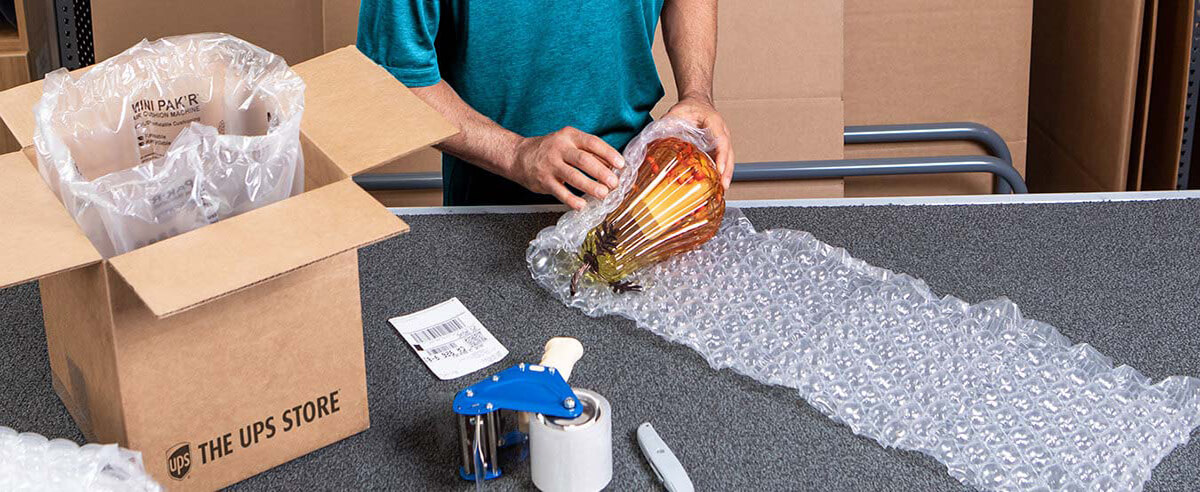
3) Provide adequate cushioning for items
Once the box is filled, shake it gently and check for any signs of movement before sealing. If the contents move around too much, you’ll need more cushioning to prevent them from breaking from the inside. Also, make sure the cushioning material you choose has at least two inches of allowance.
4) Don’t leave any white space
An unfilled box may collapse if there is too much weight on top. Filling the box without spilling helps improve its ability to withstand forces from the top.
5) Wrap individual items
If a box can hold multiple items, wrap each item individually to prevent them from damaging each other. If possible, also use dividers or inserts to evenly distribute the weight.
6) Use appropriate packaging materials
Some items, such as perishable goods, electronics, and biological matter, require specific packaging materials to maintain their integrity during transportation. Please pay attention to these requirements to avoid incurring additional fees or worse – losing the trust of the consignee, especially if the value of the shipment is high.
7) Seal the package
The seams are just one part of the box, but when the box is loaded, the seams become the weak link. Seal them properly with enough tape to create a suit of armor for the contents inside.
8) Label goods appropriately
Include the full address and contact details of the shipper and consignee. Countries should not be abbreviated, and certain details (such as country, city, and province/state) should be in English. Postal codes are also included to minimize delays due to sorting errors.
International packages often require a customs form which should be printed in capital letters and completed in full prior to pickup.
9) If your product is sensitive to moisture, please include a silicone bag
Packages pass through different locations and experience different humidity levels during shipping. Since moisture can damage many consumer products, it is critical to deliver products in good condition to customers around the world.
10) Ensure children’s products are packaged in non-hazardous materials
Young children know next to nothing about the packaging that protects their toys, utensils, or books during transportation. To avoid lawsuits from angry parents, avoid any hazardous packaging materials that children might suddenly ingest.
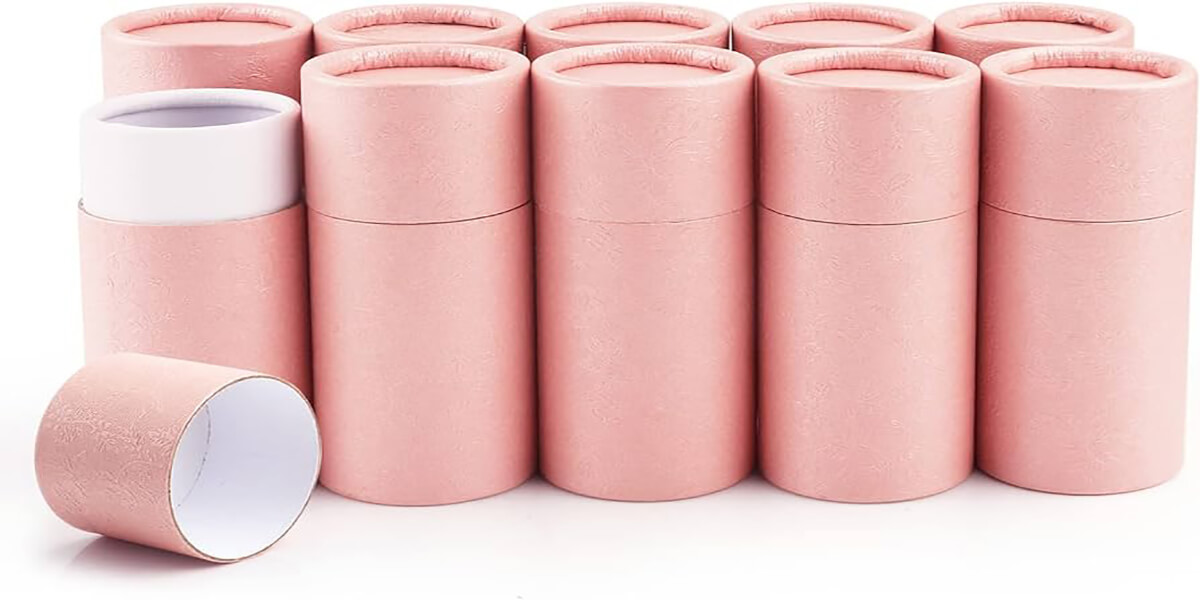
8. Conclusion
Above are some packaging tips we’ve put together for you. Hopefully, after reading this article, you will be better equipped to package your products for safe shipping. If you have any questions about packaging, please contact Hopak Packaging.




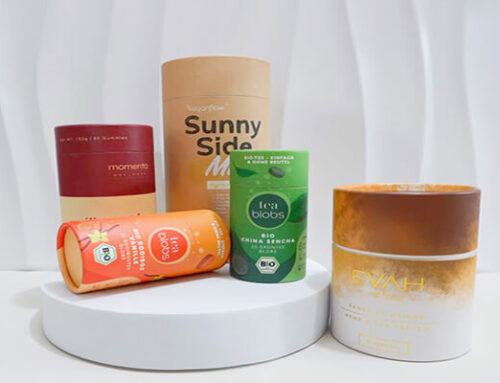
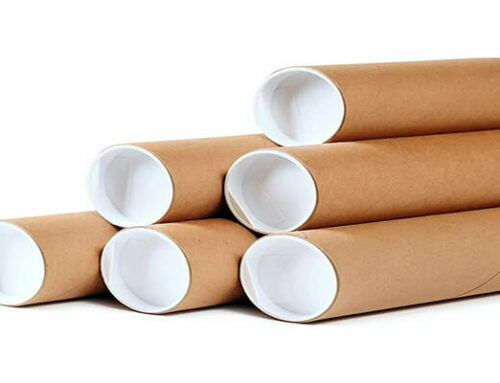
Leave A Comment